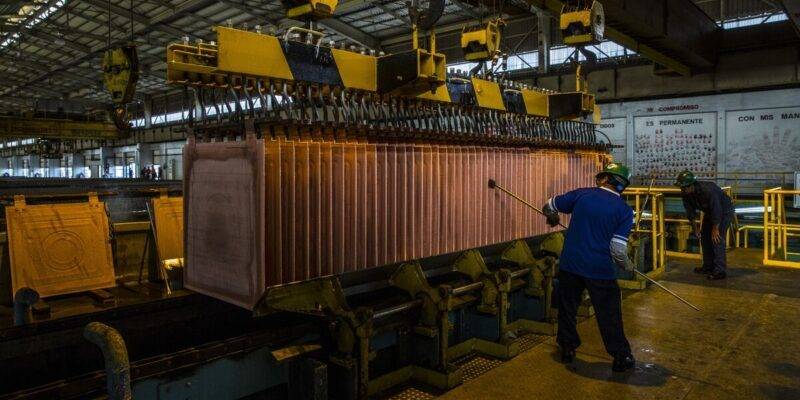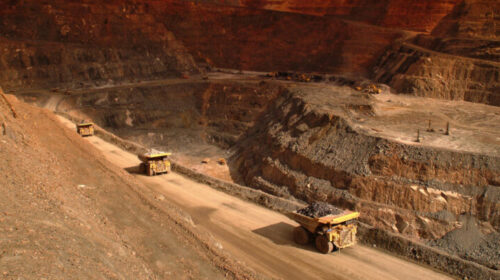Kamoto Mine Sparks Hope for the DRC’s Mining Sector
In the heart of the Democratic Republic of Congo’s (DRC) mining landscape lies the Kamoto mine, operated by the Kamoto Copper Company (KCC), a partnership between Glencore and Gécamines. These tunnels, delving more than 600 meters into the earth, hold a storied past and a resilient future.
Recalling the tragic history of Kamoto, journalist Israel Mutala notes that the mine, located in Kolwezi, experienced a devastating collapse in 1989 during the DRC’s economic crisis.
This event resulted in a 70% reduction in Gécamines production, causing hyperinflation, substantial economic losses for the state, and a surge in debt.
Willy Kalengayi, a mining expert journalist, emphasizes the significance of Kamoto in the DRC’s industrial system. He describes the mine as the cornerstone of Gécamines and the country, contributing significantly to its recognition.
However, the mine’s fate took a tragic turn due to intense exploitation and production pressures, leading to a collapse that had severe consequences on both the mine and the national economy.
After years of abandonment, Kamoto has experienced a resurgence, thanks to investments from notable players like Glencore and the implementation of a new mining code. Today, Kamoto stands as a symbol of rebirth, producing some of the world’s highest-quality copper and cobalt.
KCC proudly holds the title for the world’s largest cobalt mine, a metal that is gaining prominence for its crucial role in electric vehicle batteries and various electronic devices.
The DRC, home to over 60% of global cobalt reserves, plays a pivotal role in supplying this essential mineral used in rechargeable batteries, as well as in alloys and superalloys vital for applications ranging from aircraft engines to high-speed steels.
The Kamoto mine’s revival is not just a testament to its resilience but also a beacon of hope for the DRC’s mining sector, showcasing the potential for sustainable growth and global significance.
142 total views , 1 views today





